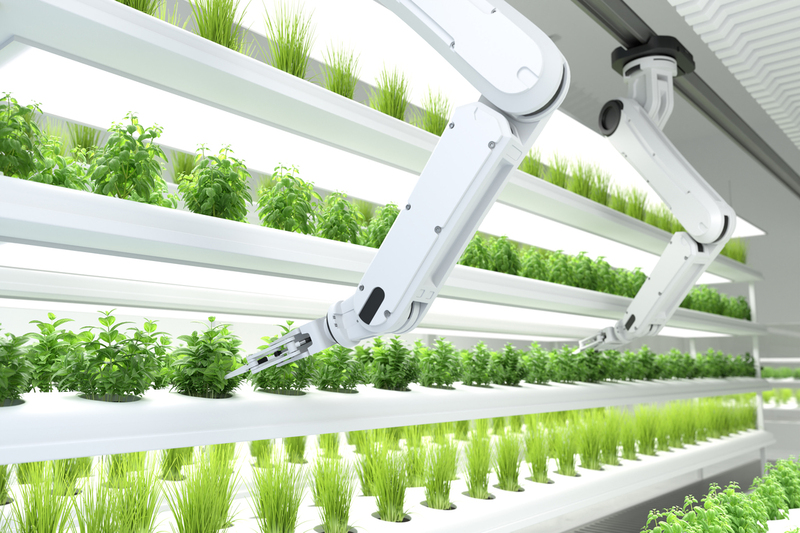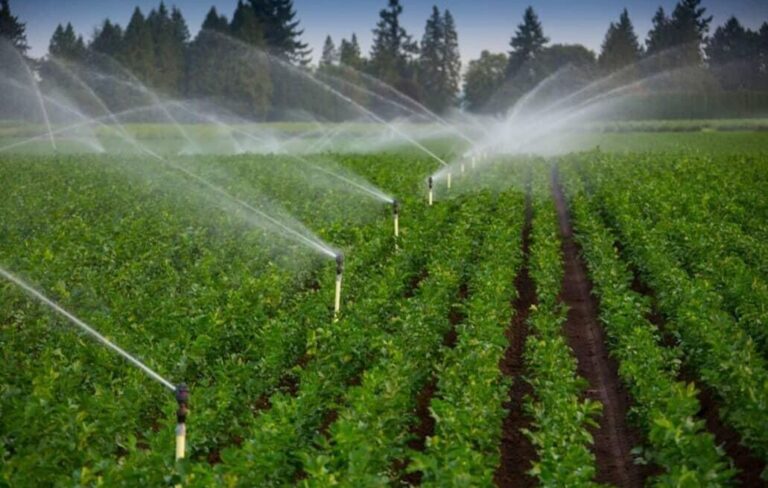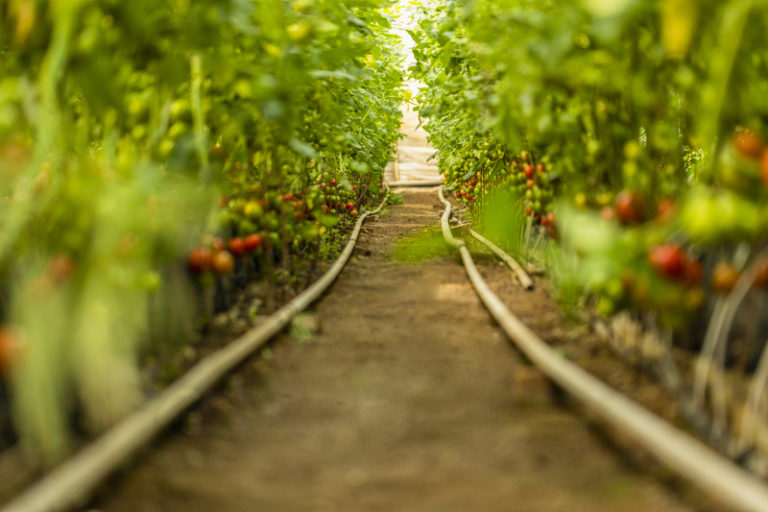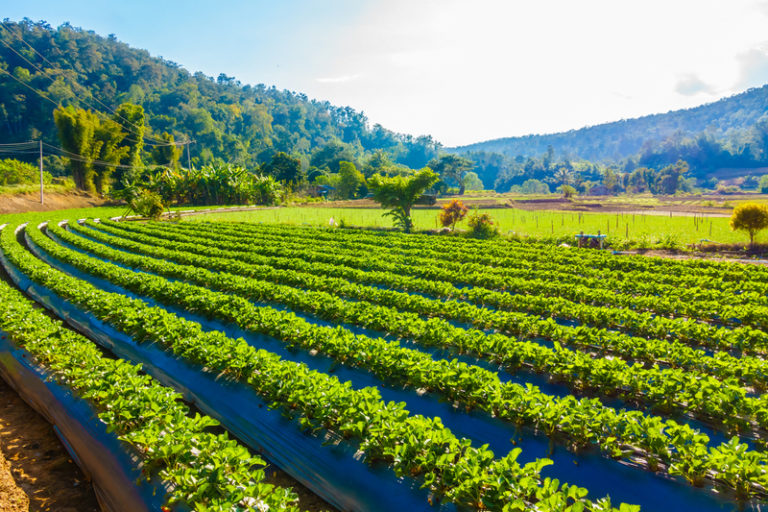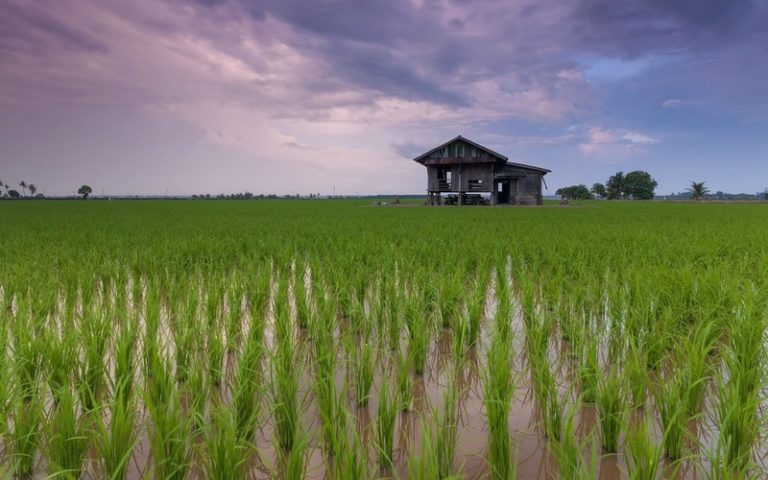Vertical Farming: A Green Alternative to Conventional Agriculture
Vertical farming is a method of growing plants in vertically stacked layers using soilless farming techniques, such as hydroponics, aeroponics or aquaponics.
The practice is gaining popularity as an innovative solution to the challenges of modern agriculture, including water scarcity, limited land availability, and climate change.
In this article, we’ll talk about what vertical farming is, what it’s good for, and how it works.
What is Vertical Farming?
Vertical farming is a way to farm in which crops are grown in layers that are stacked vertically in a controlled environment. Most of the time, this method involves using artificial lighting, irrigation systems, and climate control to make sure plants have the best conditions to grow.
Vertical farms can be located in urban areas where land availability is limited or in areas with harsh climates where traditional agriculture is not feasible. The farms are typically housed in a greenhouse or a building that has been specifically designed for vertical farming.
The Benefits of Vertical Farming
Vertical farming offers a range of benefits over traditional agriculture, including:
Increased Efficiency:
Vertical farming can produce up to 10 times more crops per square foot of land than traditional agriculture. This increased efficiency is due to the use of vertical space, which allows for more plants to be grown in a smaller area.
Reduced Water Usage:
Vertical farming uses up to 70% less water than traditional agriculture due to the use of recirculating water systems and the ability to control the amount of water each plant receives.
Year-Round Production:
Vertical farming allows for year-round production of crops, regardless of the weather conditions outside. This makes it possible to grow fresh produce in areas with harsh climates.
Reduced Pesticide Use:
The controlled environment of vertical farming reduces the need for pesticides, herbicides, and fungicides. This results in healthier, pesticide-free produce.
Shorter Supply Chain:
Since vertical farms can be set up in cities, food doesn’t have to travel as far from the farm to the consumer. This results in fresher produce and a shorter supply chain.
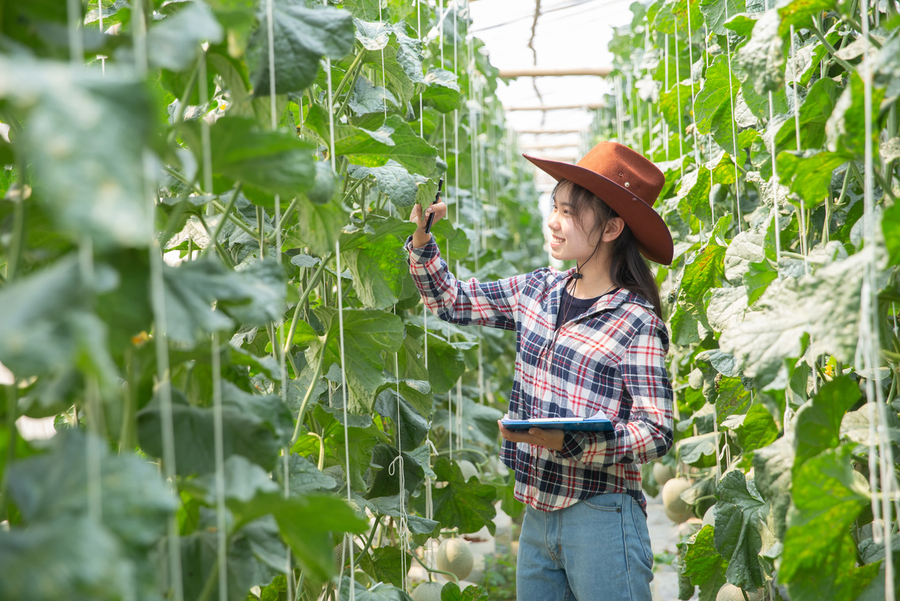
The Technology Behind Vertical Farming
Vertical farming uses a variety of technologies to give plants the best environment to grow in.Here are some of the key technologies used in vertical farming:
LED Lighting:
LED lights are used to provide the correct spectrum of light for plant growth. The lights can be adjusted to provide different light intensities and colors depending on the stage of plant growth.
Hydroponics:
Hydroponics is a soilless farming technique that involves growing plants in a nutrient-rich water solution. The method makes it possible to control exactly how much water and food each plant gets.
Aeroponics:
Aeroponics is a soilless farming technique that involves growing plants in an environment where the roots are suspended in the air and sprayed with a nutrient-rich mist. The technique allows for even greater control of the amount of water and nutrients each plant receives.
Climate control:
Vertical farms use systems to keep the temperature, humidity, and air quality at the best levels for plants to grow. These systems typically include air conditioning, dehumidifiers, and ventilation systems.
Automation:
Many vertical farms use automation systems to control the amount of water, nutrients, and light each plant receives. This allows for precise control and reduces the need for manual labor.
The Impact of Vertical Farming on Carbon Emissions and Climate Change
Climate change is one of the most significant environmental challenges facing our planet today. As global temperatures continue to rise, it is becoming increasingly urgent to find innovative solutions that can help reduce carbon emissions and mitigate the effects of climate change.
Vertical farming is a promising technology that has the potential to significantly impact carbon emissions and climate change by providing a sustainable and efficient way to produce food.
One of the primary ways that vertical farming can help reduce carbon emissions is by reducing the carbon footprint associated with food transportation. In traditional farming, food is often grown in rural areas and then moved long distances to markets in cities.
This causes a lot of greenhouse gas emissions from the transportation of the food. By growing food in cities, close to the people who will eat it, vertical farming can cut down on the carbon emissions that come from food transportation by a lot.
Another way that vertical farming can help reduce carbon emissions is by reducing the energy consumption associated with food production. Vertical farms use energy-efficient LED lighting and climate control systems that are designed to maximize plant growth while minimizing energy consumption.
Traditional agriculture, on the other hand, often needs to use machinery and irrigation systems that run on fossil fuels and use a lot of energy.
Vertical farming can also help cut down on the amount of land needed to grow food, which can protect natural habitats and stop trees from being cut down.In traditional farming, large areas of land are often cleared to make room for crops.
This can lead to the loss of biodiversity and ecosystem services. In contrast, vertical farming uses a much smaller footprint, which can help reduce the impact on natural habitats.
Even though vertical farming has a lot of benefits for reducing carbon emissions and easing the effects of climate change, it also has some problems that need to be fixed. For example, the energy needed to power the LED lighting and climate control systems of vertical farms still comes from the grid, which may not be powered by renewable energy in some regions.
Also, the high cost of setting up and running a vertical farm can make it hard for some farmers to start one and may keep it from being used in some areas.
Vertical farming could have a big effect on carbon emissions and climate change by making it easier and more sustainable to grow food.
Conclusion
Vertical farming is an innovative solution to the challenges of modern agriculture. The method offers increased efficiency, reduced water usage, year-round production, reduced pesticide use, and a shorter supply chain.
The development and widespread adoption of vertical farming could play an important role in reducing the carbon footprint of food production and promoting a more sustainable future for our planet.
Also Read :
Eco-Farming: The Sustainable and Environmentally Friendly Alternative to Traditional Farming

